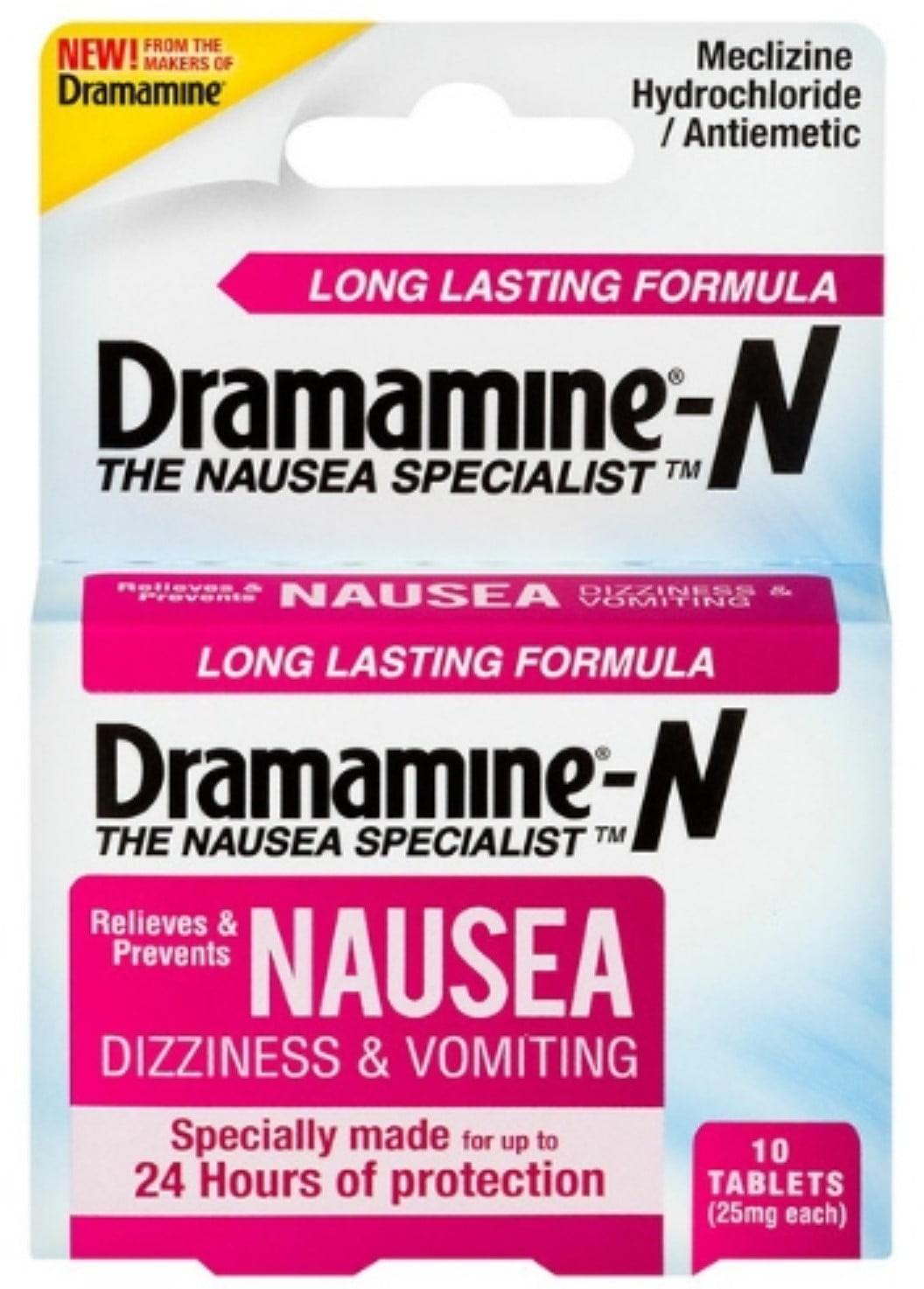

In the early 20th century, Austro-Hungarian scientist Róbert Bárány observed the back and forth movement of the eyes of railroad passengers as they looked out the side windows at the scenery whipping by. Therefore, the effect is worse when looking down but may be lessened by looking outside of the vehicle. Another suggests the eyes mostly see the interior of the car which is motionless while the vestibular system of the inner ear senses motion as the vehicle goes around corners or over hills and even small bumps. The sensory conflict theory notes that the eyes view motion while riding in the moving vehicle while other body sensors sense stillness, creating conflict between the eyes and inner ear. Their inner ears, however, will contradict this by sensing the motion of the vehicle. If someone is looking at a stationary object within a vehicle, such as a magazine, their eyes will inform their brain that what they are viewing is not moving. Motion sickness is caused by a conflict between signals arriving in the brain from the inner ear, which forms the base of the vestibular system, the sensory apparatus that deals with movement and balance, and which detects motion mechanically. Carsickness results from the sensory conflict arising in the brain from differing sensory inputs.

Occasionally, tiredness can last for hours to days after an episode of motion sickness, known as "sopite syndrome". Symptoms commonly include nausea, vomiting, cold sweat, headache, dizziness, tiredness, loss of appetite, and increased salivation. Motion sickness has been described since at least the time of Homer ( c. Susceptibility, however, is variable, with about one-third of the population being highly susceptible while most other people are affected under extreme conditions.

Nearly all people are affected with sufficient motion and most people will experience motion sickness at least once in their lifetime. A number of medications used for nausea such as ondansetron are not effective for motion sickness. Side effects, however, may limit the use of medications. Three types of medications are useful: antimuscarinics such as scopolamine, H 1 antihistamines such as dimenhydrinate, and amphetamines such as dexamphetamine. Behavioral measures include keeping the head still and focusing on the horizon. Treatment may include behavioral measures or medications. Risk factors include pregnancy, migraines, and Ménière's disease. This may include from car travel, air travel, sea travel, space travel, or reality simulation. The cause of motion sickness is either real or perceived motion. Complications may rarely include dehydration, electrolyte problems, or a lower esophageal tear. Motion sickness occurs due to a difference between actual and expected motion. Nearly all people with sufficient motion roughly one-third highly susceptible Scopolamine, dimenhydrinate, dexamphetamine Pregnancy, migraines, Ménière's disease īenign paroxysmal positional vertigo, vestibular migraine, stroke Nausea, vomiting, cold sweat, increased salivation ĭehydration, electrolyte problems, lower esophageal tear

Kinetosis, travel sickness, seasickness, airsickness, carsickness, simulation sickness, space motion sickness, space adaptation syndromeĪ drawing of people with seasickness from 1841


 0 kommentar(er)
0 kommentar(er)
